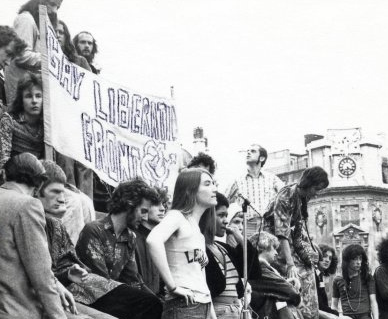As the school year begins, most Canadian students will have already completed the majority of their back-to-school purchases. As early as August, media advertisements, specifically targeting children and families, have been actively promoting a wide range of merchandise. Although a peak period in Canadian consumerism, back-to-school shopping often marginalizes many low-income Canadian families.
According to BMO Commercial Banking Vice-President Cathy Pin, for many retailers, the back-to-school shopping season “is the second most important sales period in the year”. Characterized by the hunt for the best and latest products, this stressful period often requires parents to compromise, neglecting other necessary expenses. For some families, these compromises continue throughout the school year. Many schools require parents to subsidize activities and expenses, charging a mandatory fee for passes, uniforms, and supplies. Although a trivial cost to the average Canadian, for some, these costs strain the family budget.
These issues, unsurprisingly, are not unique to Canada. However, the nation’s existing social class divisions are exemplified during this season. While some might argue that materialism is an inevitable aspect of daily life, studies suggest that the alienation some children feel during this time can have significant psychological repercussions and lead some to underperform. While the government of Ontario does provide social assistance for underprivileged social groups, the monies provide by these programs are not specifically designated for back-to-school purposes. As such, children might not receive the necessary supplies and support needed for their success.
Over the past 20 years, programs such as “Breakfast for Learning” have helped nourish more than 3.4 million children across Canada, providing over 510 million meals and snacks.
One of the major problems in low-income neighbourhoods is poor diet and nutrition. To address this issue, some schools have implemented nutritional programs. These programs, which rely heavily on volunteers and donations, help children feel welcomed, valued, and cared-for. Over the past 20 years, programs such as “Breakfast for Learning” have helped nourish more than 3.4 million children across Canada, providing over 510 million meals and snacks.
A recent study by a coalition of community activists and social agencies in Toronto found that child poverty reached “epidemic”levels. This has not gone unnoticed by the international community, which has criticized Canada for these dismal statistics. Organizations such as the UN and UNICEF have publicly stated their concerns. While most acknowledge that efforts directed towards addressing child poverty must start with education, some do not recognize the paradox of this conclusion. If education is the answer to child poverty, and those possessing the necessary supplies and support are most likely to succeed, how can we expect the most disadvantaged of society to meet this standard without more adequate support?





